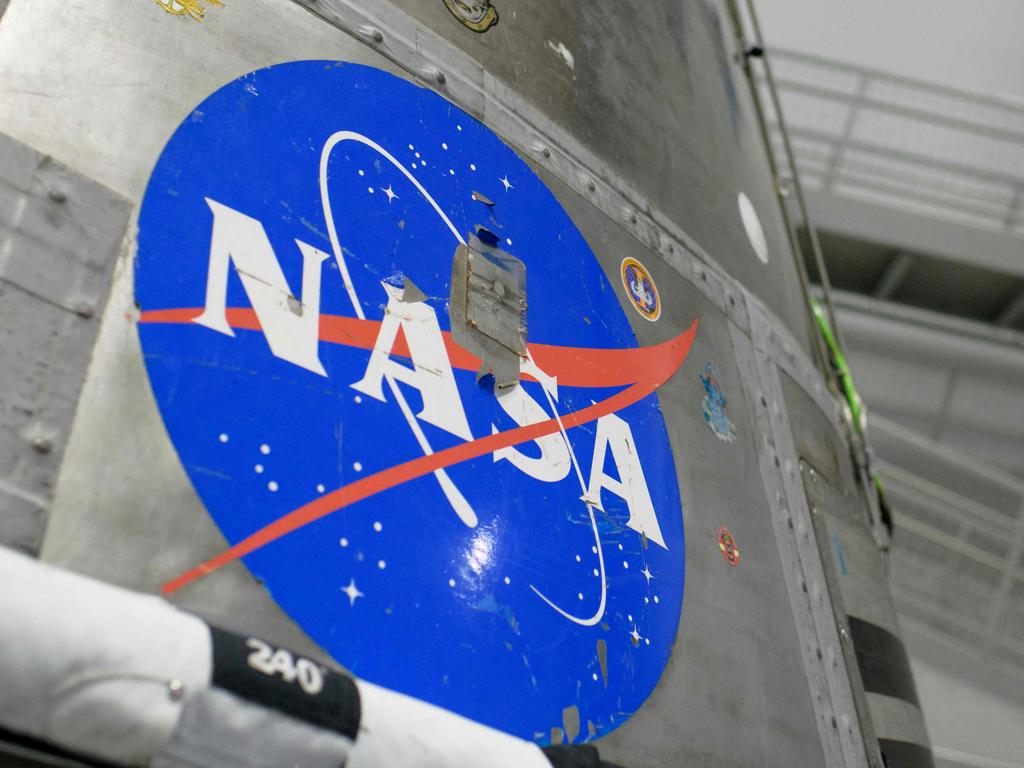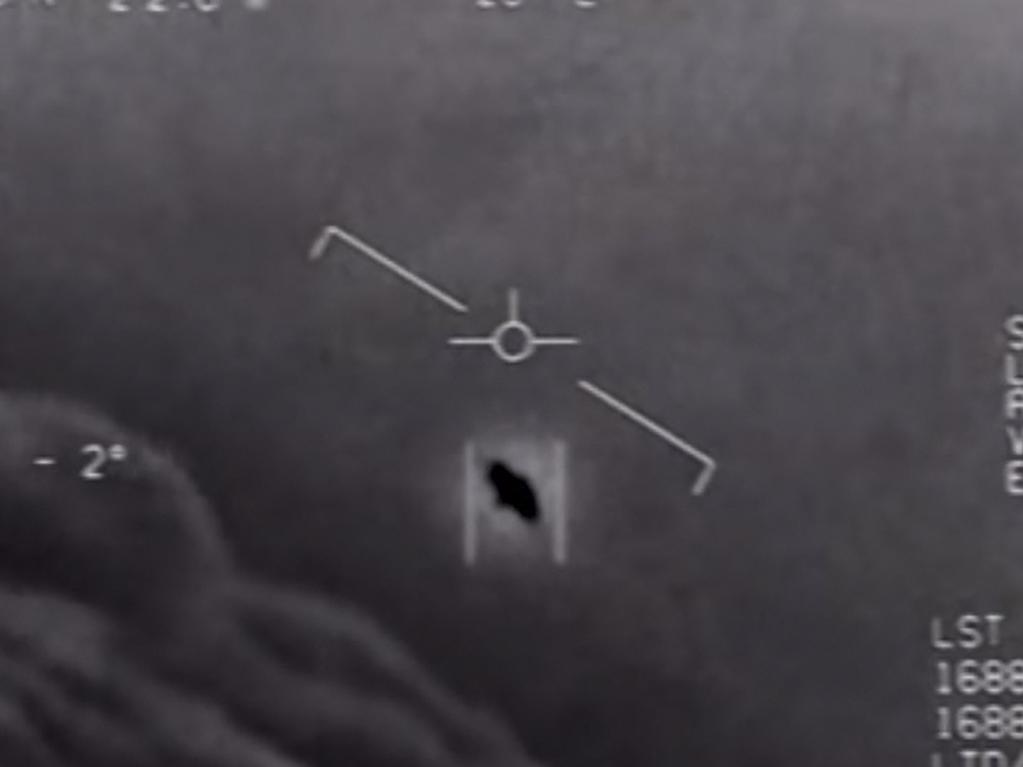First ever NASA UFO public meeting reveals up to 5 per cent of sightings have never been explained
The space agency’s first ever public meeting on UFOs has revealed how many sightings are “anomalous” and an Australian UFO mystery.

Scientists at NASA have said potentially up to 40 sightings of unidentified flying objects have never been satisfactorily explained.
But they don’t know enough to say if there is extraterrestrial life out there.
The revelation came at the US space agency’s first ever public meeting on UFOs held on Wednesday in Houston.
The conference also discussed a confounding Australia potential UFO incident which, it was later discovered, was caused by a single microwave oven.
NASA refers to UFOs as unidentified anomalous phenomena, or UAP.
“NASA defines UAP as observations of events in the sky that cannot be identified as aircraft or known natural phenomena from a scientific perspective,” it stated.

The assistant deputy associate administrator for research at NASA’s science Mission Directorate, Dan Evans, told the meeting the agency was looking into UAP as they could be a safety concern.
“We have to determine if they pose any risks to air safety, to ensure our skies remain safe.”
Mr Evans is a member of NASA’s UAP independent study team which was the subject of the meeting and is looking into the unidentified objects to “create a road map” about how to more fully understand their study.
“Right now, the limited high-quality observations of UAP make it impossible to draw scientific conclusions from the data about the nature of such,” NASA has stated.
For instance, many of the reports of UAP are vague and images and videos are grainy or blurred.

5 per cent still unexplained
The conference heard that over a period of 27 years more than 800 UAP events had been reported in the US. More than half said the objects or objects were orb or round in shape.
Every month, pilots report two to three fresh sightings.
The vast majority of UAP had been explained away or debunked.
However, between 2 and 5 per cent had not, equalling as many as 40 UAP events that so far remain a mystery.
Sean Kirkpatrick, the director of the All-domain Anomaly Resolution Office, a US department of defence unit which looks into UFOs, said only a small number of sightings were “truly anomalous”.
He defined “anomalous” as “anything not readily understandable to the operator”.
“It’s doing something weird – whether that’s manoeuvring against the wind at Mach 2 with no apparent propulsion or it’s going into the water, which we figured out was a censor anomaly … It’s something not readily understandable.”
Most sightings, NASA has said, can be explained despite being confounding at the time.
One video shown at the meeting was taken from a US naval aircraft. It showed a series of dots shooting across the sky. The naval aircraft was unable to intercept the dots.
However, it turned out the dots were merely lights from a commercial aeroplane headed to an airport. They were just far further away than the naval pilots imagined.
Former astronaut and pilot Scott Kelly told the meeting the sky was “very conducive to optical illusions”.
He said a colleague was convinced they had seen a UFO on one flight.
“We turned around, we went to look at it, it turns out it was Bart Simpson. A balloon.”

Australian anomaly
The chair of the UAP team David Spergel said one of the most confusing events was in Australia.
In 1998, astronomers at the Parkes Observatory began to notice infrequent and odd radio signals, called perytons, once or twice a year.
“They had a really strange structure,” said Mr Spergel.
“People couldn’t figure out what was going on.”
The signals remained a mystery for 17 years until, in 2015, new technology was installed which detected the signal was identical to that of a microwave oven.
The observatory’s microwave was tested. However, initially, no perytons were detected.
That was until the door was opened before the microwave’s time was up.
“If you set it to heat and pull it open to have a look, it generates interference,” Simon Johnston of the CSIRO, said at the time.
Many of the scientists at Parkes worked remotely so had little knowledge of the microwave’s use. However, a small number of staff did work on site.
“What had happened was that the people in the observatory would heat up their lunch in the microwave,” Mr Spergel said.
“It produced a burst of radio signals that was picked up by sensitive detectors.”
Additionally, the perytons were only detected when the telescope was pointing at the microwave. The UAP events also only occurred during the daytime, which was when staff were working at Parkes.

Extra terrestrial life
As for alien life, so far there were no signs.
“We now know that there are lots of planets out there, so there are lots of potential environments for life,” Mr Spergel said.
“We haven’t found life beyond Earth yet, but we’re looking”.
Mr Spergel said a key aim of the panel was to find a way to get better information of UAP sightings.
“If I were to summarise in one line what I feel we’ve learned, it’s we need high quality data”.





